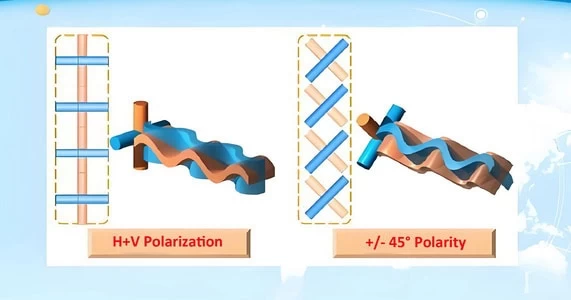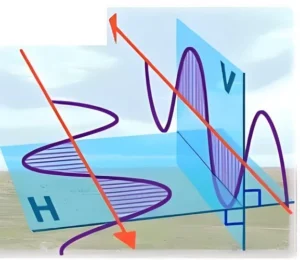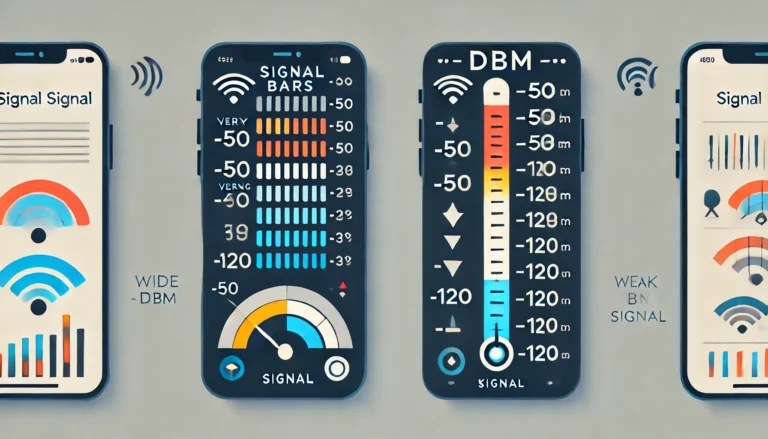When it comes to enhancing wireless communication, MIMO (Multiple Input, Multiple Output) antennas are an essential component. Two of the critical aspects that influence their efficiency and performance are gain & polarisation. In this blog, we’ll explore what gain & polarisation mean in the context of MIMO antennas, why they are important, and how they impact signal quality, coverage, and overall system performance. Whether you’re setting up a home network or deploying a professional system, understanding gain & polarisation can help you make more informed decisions.
What Is Gain in Antennas?
In simple terms, antenna gain measures an antenna’s ability to direct energy in a specific direction. It’s not about increasing the power of the signal itself but about focusing the existing power more effectively. Think of it like adjusting the beam of a flashlight—focusing the light into a narrow beam makes it travel farther, while a wider beam covers a larger area but with less intensity.
Gain is typically expressed in decibels (dB) and provides insight into how well an antenna can convert input power into radio waves and direct those waves efficiently.
How Gain Impacts MIMO Antennas
Gain plays a significant role in the performance of MIMO systems, which use multiple antennas to transmit and receive data simultaneously. Here’s how it affects key aspects of these systems:
- Signal Strength and Quality: Higher gain antennas produce stronger, more focused signals, which can improve data rates and ensure reliable communication.
- Coverage Area: While high-gain antennas excel at focusing signals over long distances, their narrower beamwidth may limit the area they cover. In contrast, lower-gain antennas offer a broader coverage area but at the cost of reduced signal strength.
- Alignment Sensitivity: High-gain antennas require precise alignment to maximise performance. A slight misalignment can significantly impact their efficiency. Lower-gain antennas, with their wider beamwidth, are more forgiving in this regard.
Choosing the Right Gain for Your Needs
When selecting a MIMO antenna, consider the following factors:
- Application: For long-range communication, such as rural broadband or point-to-point setups, high-gain antennas are ideal. Lower-gain antennas might be more suitable for general-purpose use, especially in urban or indoor environments.
- Environment: If obstacles or interference are present, high-gain antennas can help by focusing the signal. However, a broader beam might better cover multiple devices or larger areas with fewer alignment concerns.
- Device compatibility: Ensure the antenna gain matches your device’s capabilities to optimise performance.
Gain and Its Importance in MIMO Systems
- Performance Boost: High-gain antennas improve data rates and signal reliability, making them an excellent choice for long-distance communication.
- Coverage Trade-offs: While high-gain antennas excel in focused signal delivery, lower-gain options provide broader coverage for larger areas.
- Precision Matters: Proper alignment is crucial, especially for high-gain antennas, to achieve the best results.
Polarisations of MIMO Antennas
Modern wireless communication systems extensively use MIMO (Multiple-Input, Multiple-Output) antenna systems to increase system capacity and data speeds. These systems use multiple antennas at the transmitter and receiver to allow for the simultaneous transmission and receipt of numerous data streams.
The antennas’ polarisation is essential to getting optimum performance in MIMO systems. The orientation of the electric field vector of the radio waves that the antenna emits is referred to as polarisation. MIMO antenna systems employ a variety of polarisation types, such as slant +/- 45-degree polarisation and horizontal-vertical (H+V) polarisation.

1. Polarisation Horizontally-Vertically (H+V):
The most widely utilised polarisation in MIMO antenna systems is H+V. One antenna in this setup transmits and receives signals that are horizontally polarised (H-polarisation), whereas the other antenna transmits and receives signals that are vertically polarised (V-polarisation). H+V polarisation reduces interference between MIMO channels since it is easy to implement and offers strong isolation between the antennas.

2. Slant Polarisation +/- 45 degrees:
Another popular polarisation in MIMO antenna systems is slant +/- 45 degrees. In this arrangement, one antenna slants 45 degrees towards the horizontal plane when transmitting and receiving signals, and the second antenna slants 45 degrees towards the horizontal plane when transmitting and receiving signals. Polarisation fading, which happens when the polarisation of the received signal differs from that of the receiving antenna, can be lessened using slant +/- 45-degree polarisation, which also offers strong isolation between the antennas.

Overall, for MIMO antenna systems to operate well, both H+V polarisation and slant +/- 45-degree polarisation are frequently employed. The particular needs of the wireless communication system and the external environment determine which polarisation is best.
Optimizing Your MIMO Antenna Setup
The gain & polarisation of a MIMO antenna is a pivotal factor that directly influences its performance, coverage, and alignment requirements. Gain enhances signal strength and coverage, with high-gain antennas excelling in long-range and focused applications and lower-gain antennas providing broader coverage in general-use scenarios. Polarisation, whether H+V or slant +/- 45 degrees, ensures efficient channel separation and minimises interference, adapting to the needs of the system and its environment. Together, these elements enable MIMO antennas to deliver superior connectivity, making them indispensable in modern wireless communication systems.
By understanding the trade-offs between high and low gain and following a structured installation process for polarisation, you can ensure your MIMO system delivers optimal results. Whether you’re looking to extend your Wi-Fi range, boost 5G connectivity, or enhance a rural broadband setup, paying attention to gain & polarisation can make all the difference in achieving seamless, high-quality wireless communication.


